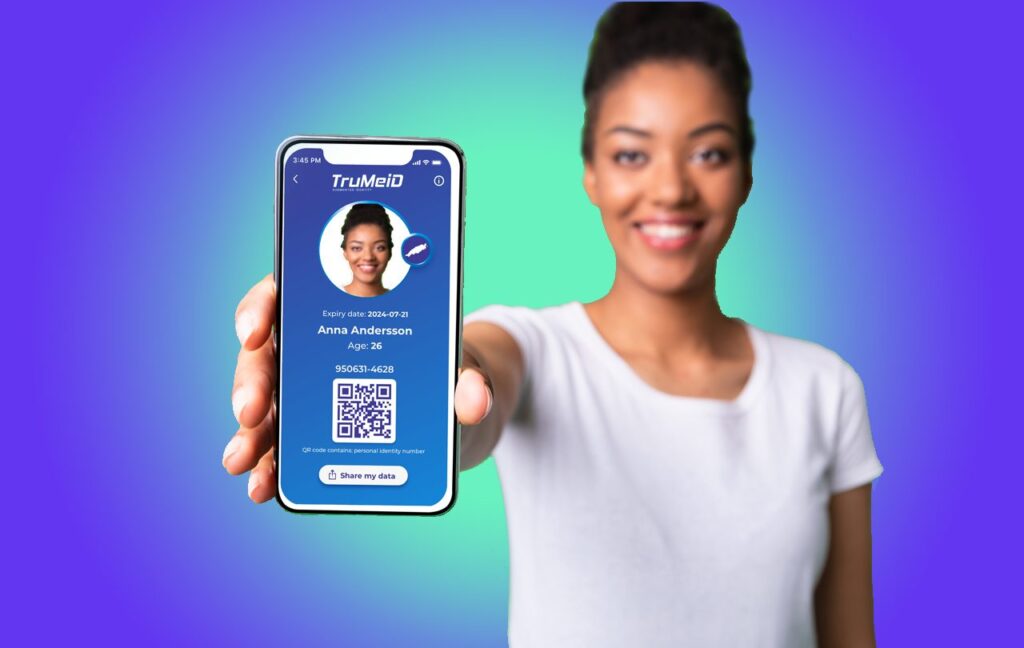
Above: Jeston Lett of Ignition Innovation. Photo by the Tova Group.
Originally published in Newsday’s BusinessDay for September 29, 2022
Ignition Innovation, a new technology startup, has forged a partnership with UK facial verification company, iProov, to bring biometric facial identification to TT.
iProov is confident that its technology avoids the greatest vulnerability of facial verification systems, known issues problems with people of colour.
According to Daniel Molina, iProov’s VP for Latin America, the software has been tested in the UK, Singapore, Mexico and Brazil without problems.
Molina made sure to clarify the difference between facial recognition and verification.
“We don’t do recognition,” he explained.
“Facial recognition is give me a picture and tell me who that is. iProov doesn’t do that. We can validate a picture and verify that against the person seeking access. Recognition happens without your consent. Verification is always done with your consent, and you are always part of the process.”
How it works
In the iProov system, as many as 250 discrete data measurements are made of a participant’s face and stored as an encrypted data hash, a string of code, that’s only readable by the company’s software. It is not possible to reconstruct a person’s face from the measurements stored in the biometric hash.
“In matching the stored biometric data with a verification scan, we do a one to one match. We do not do one to many.”
iProov does not have a database of photos stored to operate its system, there is only a collection of biometric hash codes, each associated with a single user ID.
The system doesn’t even require a particularly good camera to function.
“As long as your phone was made after 1994, we’re good. It’s not the quality of the image, it’s the measurements that we can take based on that image, because we’re not trying to print an eight by ten glossy. The system just needs to be able to take measurements adequately, so that it can extrapolate out the facial furniture.”
“Facial furniture” refers to any changes to the user’s face, including changes in facial hair or a new pair of glasses. The only thing that stymies iProov’s recognition is sunglasses, which obscure the eyes.

Growing value of facial verification in cybersecurity
Molina believes that the iProov system is more relevant than ever now as a response to the rise in synthetic ID fraud.
Synthetic ID fraud is a compilation of stolen data thats used to build completely fake identities that can be complete fictions or, more rarely, may be based on an actual person. These identities can exist for years, building credit lines and online presence before cashing in.
According to Molina, 18 months ago, the percentage of synthetic identities used in cybercrime was less than one per cent. In Brazil alone, that percentage has risen to 30 per cent of cyberattacks, exploiting systems that are not hardened against these invented identities.
Ignition Innovation’s website was, Justin Lett admitted, a work in progress.
The company started with plans to create a governance platform and to develop software solutions for business, but that’s all been put on hiatus to pursue their product developed with iProov, TrueMeiD.
“When we began talking with government agencies here before the elections and into the pandemic, a lot of them were talking about how to bring services online,” said Jeston Lett of Ignition Innovation.
“When we looked at things from the government side, the fundamental issue was identification. How can we identify someone remotely with the same authority as if they were walking into the Ministry of Social Development?”
“That’s when we began thinking about helping with the identification element and that was larger than we anticipated.”
The company began to have a breakthrough when they considered existing identification systems as part of the solution.
Improving iProov for the Caribbean
iProov has been used in identification systems in Estonia, the UK and in a project for California’s Department of Motor Vehicles, where the solution was implemented in less than six months.
“With a smaller geography, we might be able to do an effective pilot,” Lett said.
That pilot would have been based on government issued ID cards, with recognition training to verify documents as authentic and using the photos on them as the source of truth in creating a comparison hash.
It soon became clear that any verification based on documents would need to encompass all government issued IDs because passports alone would have limited verification to just 300,000 citizens of TT.
For a project that might include citizens of other Caribbean islands, TrueMeiD would also have to be able to verify regional forms of identification.
Lett also didn’t see any point in creating another form of identification when his project could strengthen and simplify existing systems.
To improve this aspect of the system, iProov agreed to build a reseller partnership with the Croatian document ID verification company Microblink.
With this addition to the iProov arsenal, optical character recognition and document verification have been added to TrueMeID.
Lett now plans to offer an identity verification system in which the face is the password and initial biometric data can be captured from existing ID documents.

What’s next for TruMeiD
“We have approached the Ministry of Social Development to do this, even for proof of life. We’ve heard horror stories of people bringing in an ID card because Granny can’t come. The checks keep coming, but the person is long gone.”
“The UN’s Sustainable Development Goal 16.9, aspires to create one identity for every person on the planet by 2030,” said Molina.
“That is extremely important because without identity you cannot have title, and without title you cannot have commerce. One of the key things that we struggle with in emerging markets is title.”
“Who owns what, who has what, and how do you transfer that title from one person to another? Title can mean the grants the government gives you. It can be selling a car, it can be selling a house; it can be selling your services.”
In creating this system of biometric identification, iProov has dealt with the legislative requirements of all the countries it operates in.
“I manage Latin America,” Molina said, “and I have 41 different responses to that issue.”
iProov is GDPR compliant, so neither Molina nor Lett sees any problems with the technology being compliant with TT’s Data Protection Act.
Conversations with the government about applications of the technology are proceeding at a measured pace and while private sector discussions have been more enthusiastic, potential legislative issues are slowing adoption in the banking sector.
“Credit unions have been very responsive because the way that they operate is not the same way a bank does in onboarding customers, getting customers and in managing their members,” Lett said of the company’s current market push.
“Some credit unions during the pandemic allowed people to become members by submitting taking a picture of their ID’s and uploading it. So that process exists. This makes it more secure, more efficient. Something that the credit union would be able to rely on.”
“We’ve had also had conversations with education institutions that see benefits that we don’t even look at. They also saw advantages in record keeping for Gate and keeping audit trail. TruMeiD would be able to tell you exactly which student logged in when, what classes they attended, how many classes they attended.”

